
Want to boost your protein intake? Don’t know where to start? Rest easy. Why? We give you all the info you need. From non-meat options to what to eat along with your protein, the info is all right here!
Protein is a vital part of every healthy diet. It’s made up of parts or building blocks known as amino acids. Even though the body is able to make some of these without the intake of food, nine of them can only be obtained from food. Many of the most common protein sources contain all of the essential amino acids.
That means when we eat these foods our bodies are getting all they need protein-wise.
Unfortunately, as is the case with all of the nutrition our bodies need, focusing too much on one food or dietary component can be harmful. Believe it or not, it is possible to eat too much protein. It’s also possible to eat protein without getting the greatest benefits.
When most people think about an increase of protein in their diet, they turn to lean meats. Of course, that includes beef and chicken. These can be great sources, but they are not an option for everyone. Even if they are in your diet, you might want to explore other sources to keep your diet from getting boring.
What are some of the best alternative sources of protein?
How can you increase your protein intake as efficiently as possible?
Not sure where to start?
Don’t worry. We’ll give you all the info you need.
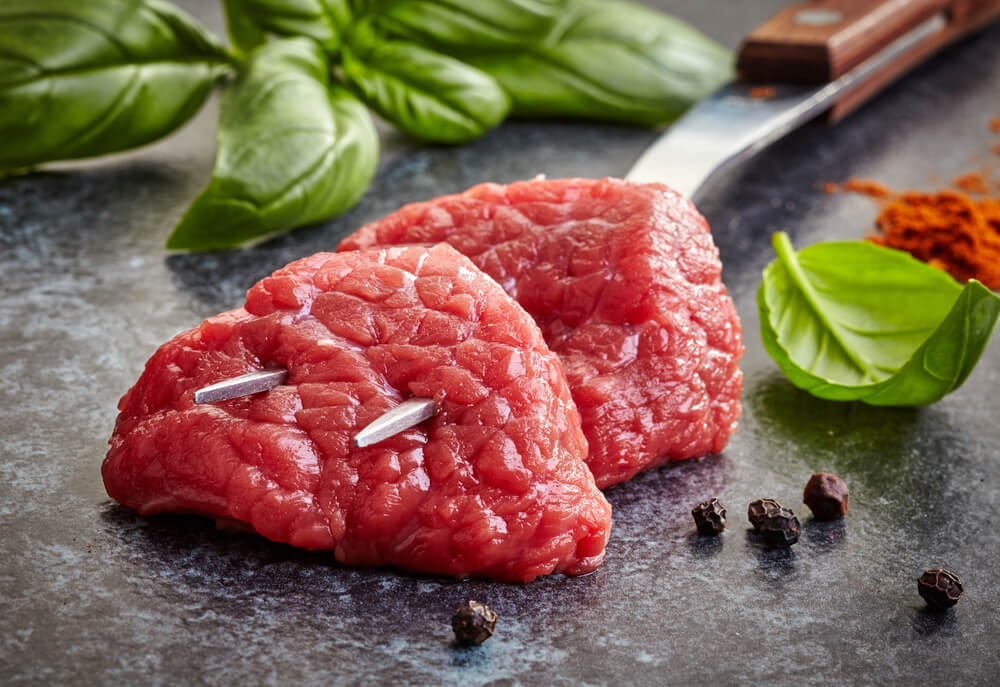
These Are Some Of The Best Other Alternative Protein Sources
Everyone already knows the most popular standard protein sources. They include chicken, eggs, beef, and fish.
But, did you also know there are many other great sources of protein?
As long as you want to include animal products in your diet, you can turn to dairy products such as cheese, milk, and yogurt. And, not only are these foods high in protein, you also get the benefit of calcium and vitamin D to help keep your bones and teeth strong.
If you prefer non-animal versions of these foods, choose milks, and cheeses made from milk or other plants, all of which contain protein. Many of these are lower in calories. As a result, if you are watching your weight, you might want to opt for these as they can provide the same protein benefits of dairy without the added calories.
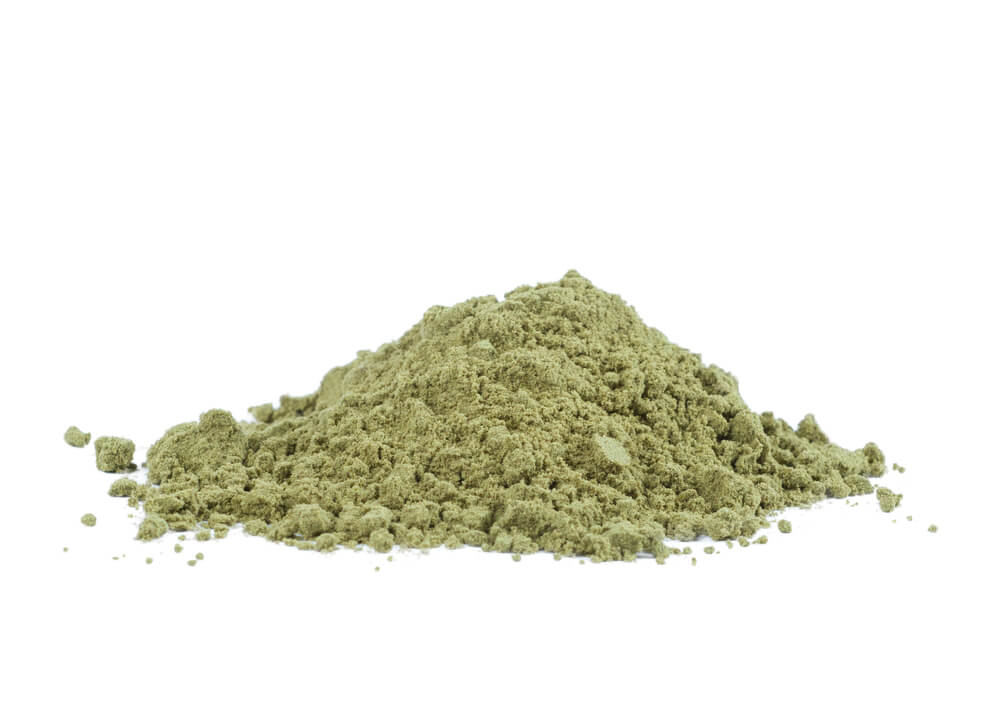
These Are Some Vegetarian Sources Of Protein
Along with milk alternatives, there is a wide array of protein options for people who do not want to eat any animal products. Getting a healthy amount of protein is a concern for vegetarians and vegans. But, the truth is it’s quite easy to meet your protein needs without eating meat or meat products.
It’s also easy to include a lot of these non-meat foods into your diet when you want to keep things interesting.

Legumes, Nuts, And Seeds
Legumes are one of the best vegetarian sources of protein. In addition to peanuts, peas are a great example of this. As a matter of fact, pea protein is increasing in popularity as a supplement in powder form. Keep in mind if you do not like the taste of plain peas, you can include them as an ingredient in dishes with pasta or other veggies. They are also great to add in sauces and can be used to make a protein-packed pesto when mixed with pine nuts, olive oil, and Parmesan cheese.
Grains and seeds are another source of protein. With that said, there’s one grain that is a go-to protein powerhouse.
Which one?
Quinoa is often used as a grain would be used, but it’s technically a seed. It’s also the only vegetarian protein source that contains all of the essential amino acids. That’s why you will sometimes hear quinoa referred to as a perfect protein.
Quinoa is simple to prepare and one of the most versatile foods you will ever find. It can be used as you would use rice or pasta, but it’s also great mixed with veggies in a salad, added to chili or soup, or prepared like oatmeal and served for breakfast.
Nuts are packed with protein and make a great crunchy snack. But, they can be high in calories. As a result, avoid snacking endlessly on nuts by preparing a serving at a time. Nut butter are also a great way to include nuts into your diet. Cashew and almond butter are both great paired with a complex carb, such as spread on bread or used as a dip for apples or celery sticks.
Beans are another popular protein option and are offered in a wide range. That includes pinto, white, garbanzo and black. They can be eaten as a side dish or blended into a dip or spread. They’re also great added to soups and salads. Canned beans are handy, but tend to be high in salt, so monitor your overall sodium intake. Beans are also available dry (so lower in sodium), but this requires hours of soaking before they’re ready for preparation.
Seeds including poppy, sesame, hemp, and sunflower are an easy and convenient option for increasing protein in a diet. They can be added to just about any dish. Try tossing a handful into a salad, sauce or smoothie. You could also create a trail mix with seeds, nuts, and dried fruit.
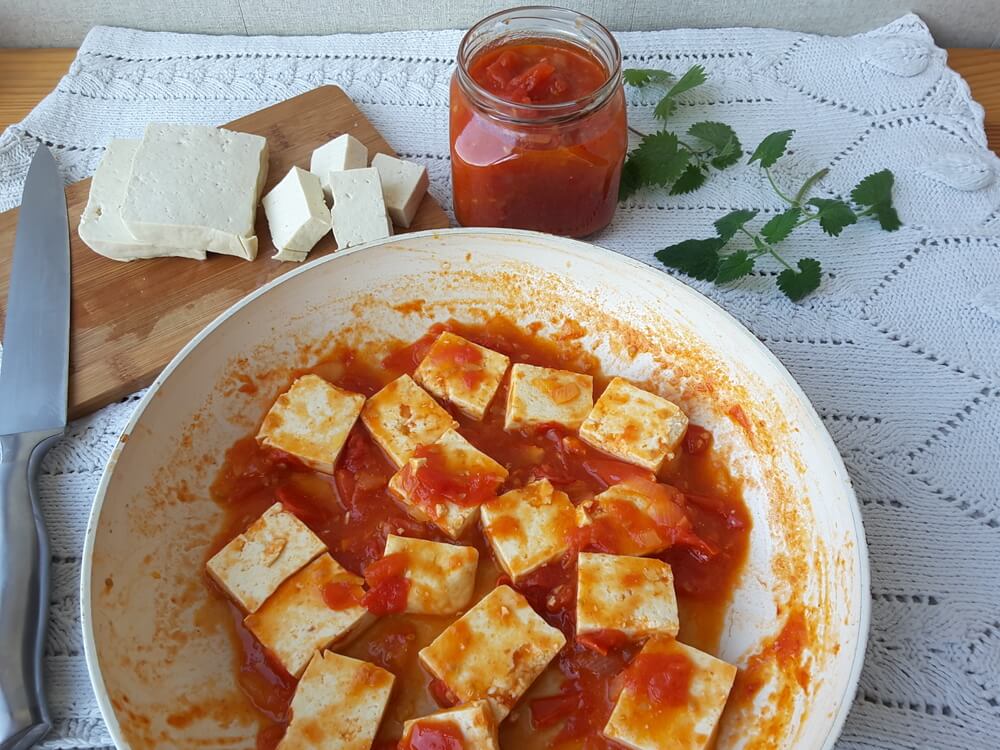
Meat Substitutes
Meat substitutes including tempeh and tofu are popular among vegetarians, but can also be used as a special option for meat eaters. Both of these foods are made from soybeans, which is one of the highest non-meat sources of protein. Many people use them as swaps in dishes that would otherwise include chicken or beef.
Another popular meat substitute is seitan. This is made from wheat gluten. It’s a savory food loaded with 36 grams of protein per half cup. That’s more than tempeh or tofu offers. Many people say it tastes just like chicken, so you can try it in any recipe that calls for chicken, such as stir fry with veggies or mixed into a salad.
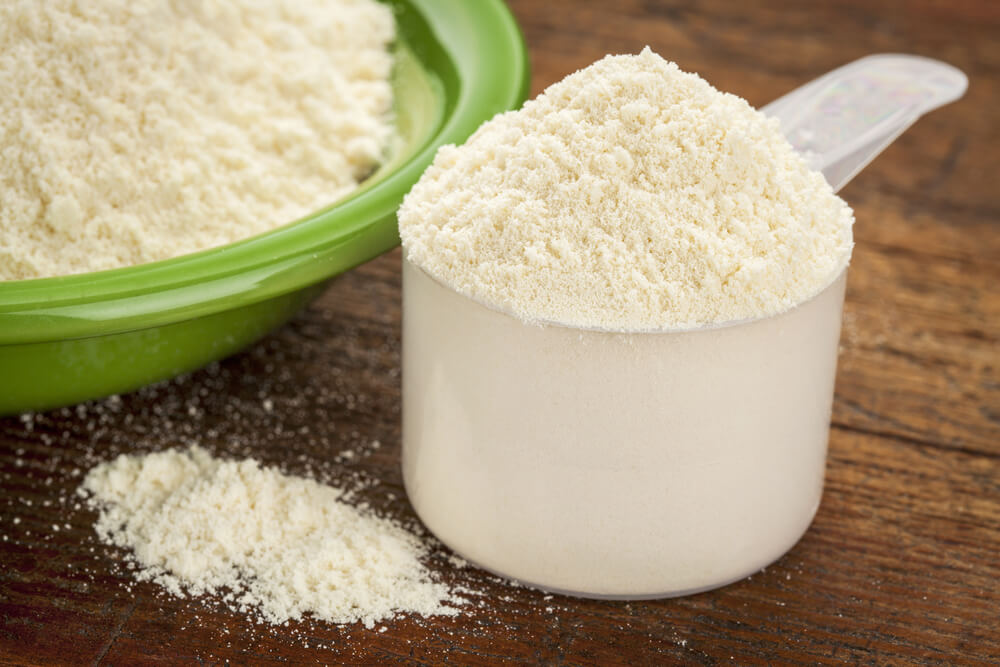
Protein Supplements
Another popular option for boosting protein in your diet, especially for those who are part of the fitness world, is protein powders and other protein supplements. These are by and large added to water or mixed into smoothies. They provide a handy opportunity to increase protein intake without boosting your caloric intake all that much.
There are some pros and cons to protein supplements. As a result, while they can be a healthy way to increase protein intake, you need to be aware of what you’re using and whether it is the right option for your body.
Using protein supplements has been shown to improve overall health. One study that included a group of healthy male US Marines showed those taking protein supplements required a third fewer doctors visits. The study also saw a drop in muscle and joint problems. As well, there was evidence their supplement intake also reduced their blood pressure. Of course, this confirms other animal and human studies that have shown soy protein provide cardiovascular benefits.
Sadly, the news is not all good. It’s important to remember that the US FDA does not regulate the supplement industry as it does with food and drugs. That means claims made by supplement manufacturers might not be 100% true. It is vital to do your own research and make sure you supplement with a high-quality protein that fits your dietary needs.
It’s also possible to overdo it with protein intake, something that is riskier when using a protein supplement. Too much protein can lead to an accumulation of ketones in the body. This can then lead to ketosis. Though this isn’t necessarily unhealthy, this buildup of acid can be taxing for your kidneys. It could also put you at risk for dehydration.
It’s also possible to develop unpleasant, though not necessarily unhealthy, symptoms from too much protein. These symptoms could include such things as bad breath and feelings of weakness. There is also research that shows too much soy can cause thyroid issues to develop, including a condition called goiter.
In most cases, protein supplements are suitable for people who are very active or who take part in competitive sports. But the average person who takes part in recreational sports (and especially those who live less active lifestyles than that) doesn’t need protein powder or non-whole-food supplements. With that said, it’s important to determine your protein needs on a case-by-case basis and speak to your doctor about what is best for you.
One Final Source of Protein
There’s one final source of protein that will make a lot of people happy.
What is it?
Chocolate!
This doesn’t mean eating a few chocolate bars is a smart way to boost your protein intake. But, you can satisfy your chocolate cravings while also boosting protein intake. Unsweetened cocoa powder contains one gram of protein per tablespoon. And, it’s a tasty way to add protein to anything you’d like. Adding cocoa powder to a smoothie or mixing it into oatmeal can satiate a sweet tooth while also giving you some dietary benefits.
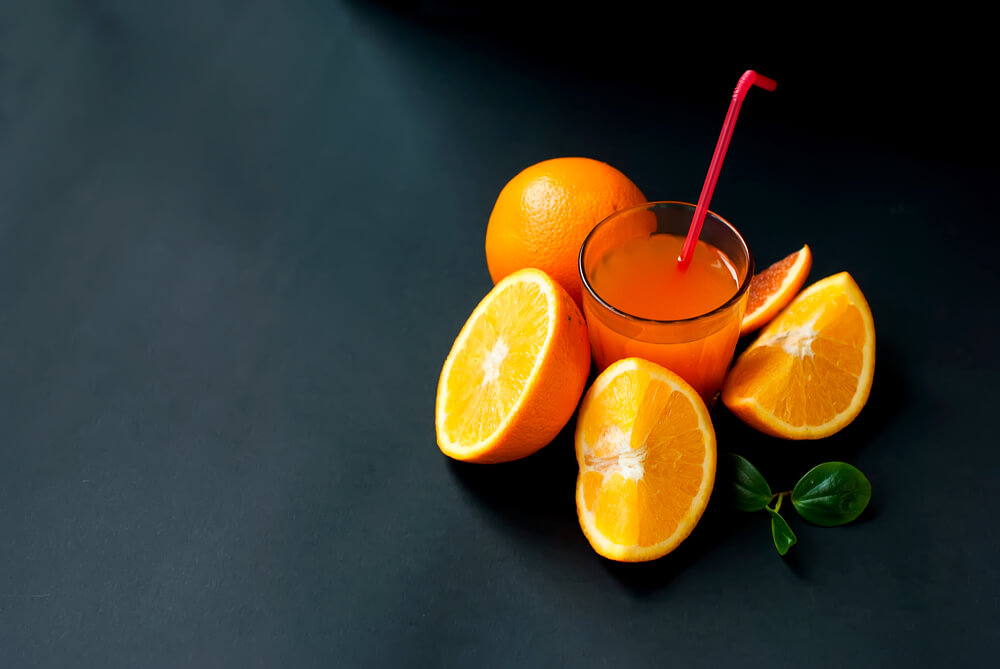
Here Are Some Tips for Including Protein In Your Diet
Increasing protein is a great way to improve your diet and overall health. Keep in mind though, that there are right ways and wrong ways to do so. If you choose to boost your protein intake, it’s vital to consider other dietary issues, including:
Acidic Foods
Your body needs assistance absorbing protein in its natural state. Eating acidic foods such as vinegar, orange juice, and other citrus fruits ensures your stomach is acidic enough to break down the protein you consume.
B6
Vitamin B6 is also helpful for breaking down protein and then carrying the amino acids into your bloodstream. It’s vital for helping you make the most of the protein you consume. In most cases, you’ll automatically boost your B6 consumption when you increase your protein intake because high protein foods contain a decent amount of B6. However, if you are upping your protein intake with supplements, you’ll want to evaluate your vitamin B6 intake, too.
Complex Carbs
In order to properly use the amino acids from proteins, your body must release insulin so your muscles are able to absorb what you are eating. For the most efficient effect, eat a snack that includes complex carbs and is high in protein. This could include eating a mix of nuts, seeds, and cheese, shortly before your high-intensity workouts.
Don’t forget: Any time you are planning a significant change to your diet, it’s vital to do so gradually. Why? You’re more likely to have a negative reaction if you suddenly boost your protein intake by half or more and the gastrointestinal effects can backfire on your good intentions.
Conclusion
Protein is needed for a healthy diet. And, it can help health and fitness-minded people meet their goals. There are plenty of ways to boost protein in your diet, and doing so can help improve a diet in other ways, too. Many of the whole foods that are high in protein are also low in saturated fat, though this isn’t always the case.
The best thing to do is to assess your current diet and look for ways to replace current not-so-healthy foods with high protein options. If your diet is already fairly healthy, you can boost your protein intake in sneaky ways by adding high protein foods to the recipes you already enjoy. Supplements are handy and can be a great option for some people who want to boost their protein intake.
The best thing you can do is to explore your options. Mull over a few ideas that appeal to you and speak to your doctor about whether these are the best ways to increase protein intake and improve your overall diet and health.
By Kelly Brown
Terry
Latest posts by Terry (see all)
- How Important Are Net Carbs For Building Huge Muscle? - Apr 28, 2017
- The Matt Damon Workout Explained - Apr 27, 2017
- Watercress – Benefits And The Best Way To Consume It - Apr 26, 2017











I love when people share alternative protein sources. As a vegetarian, I can completely relate to this post. My go-to’s are lentils, nuts, hemp seeds, and vegan protein powder. Many people don’t realize how much protein can actually be found in these foods! Thanks for sharing!
Kathie,
Thanks for your input and great go-to’s :), I agree you can get a lot of protein from plant based sources!
Terry Asher
Text
[…] you were to try and grab a 30-gram protein bar at the grocery store before heading to the gym you’d likely end up with double the […]
[…] But what happens if you’re allergic to whey, or are on a vegan or vegetarian diet? Whey is off limits in these cases, so you’ll need to look for some whey protein alternatives. […]
[…] going to want healthy carb foods that have protein as well. Because while the carbs will give you readily available energy, you’ll need protein that […]
[…] foods like eggs, cottage cheese or paneer, chicken, soya, these are the foods that are most recommended for a healthy body. Salmon or low-fat yogurt can […]